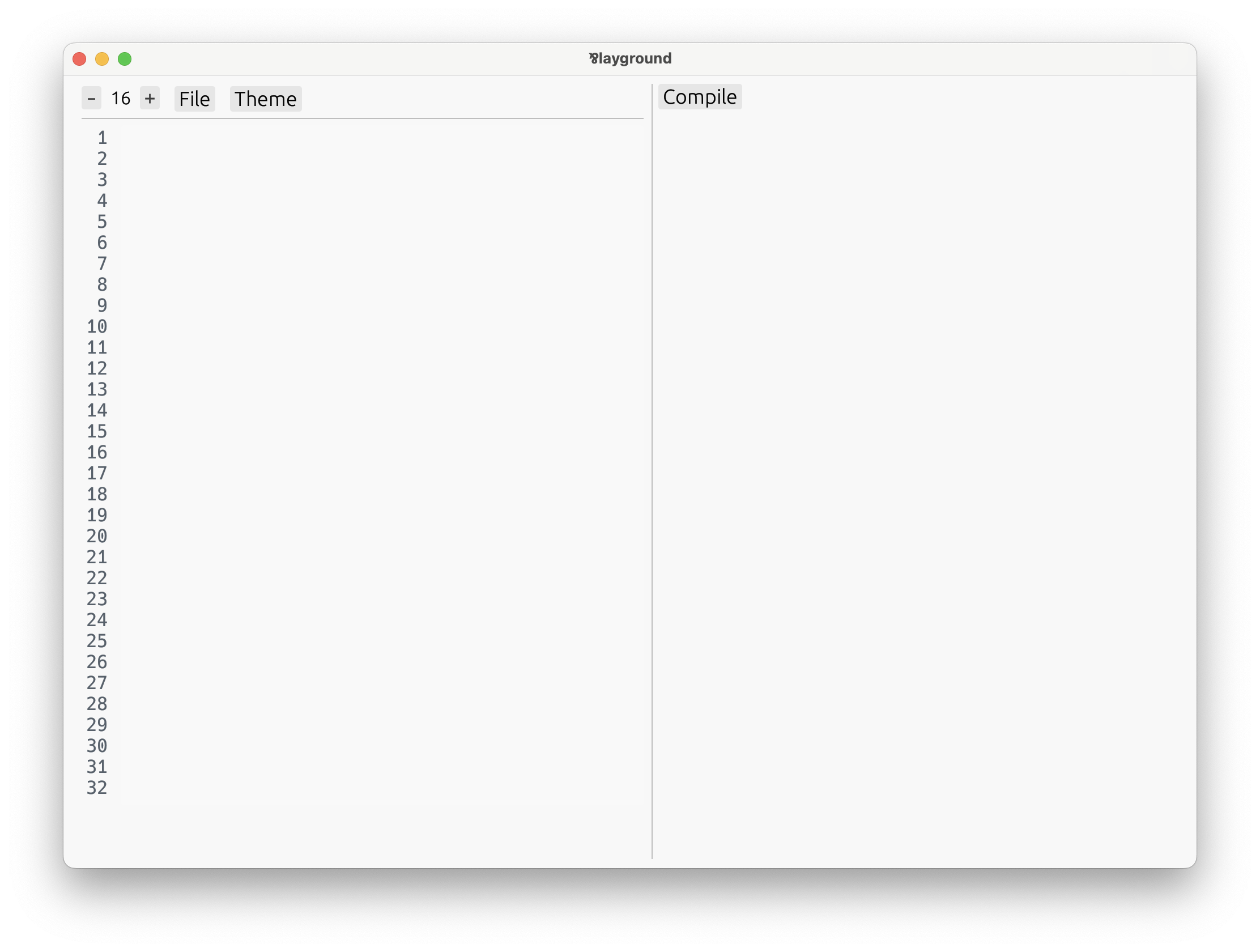Getting Started
Let’s install the Par programming language. Currently, we have:
- A playground to code and interactively explore your and built-in definitions via an automatic UI.
- A
runcommand to run definitions with the unit type straight from the console. - A
checkcommand to check Par programs for validity without actually running them.
At the moment, there are no pre-built binaries, or releases, so we’ll have to build it from souce.
1. Install Rust and Cargo
Par is written in Rust. To be able to build it from source, we’ll need to install Rust and its build tool, called Cargo.
The easiest way to do that is via rustup. The website instructs:
Run the following in your terminal, then follow the onscreen instructions.
$ curl --proto '=https' --tlsv1.2 -sSf https://sh.rustup.rs | sh
2. Clone Par’s repository
The next step is to obtain Par’s source code. That is located on GitHub. Clone it locally by running the following in your terminal:
$ git clone https://github.com/faiface/par-lang
3. Build and install Par’s CLI tool
Navigate to the newly created directory:
$ cd par-lang
Then install the executable using Cargo:
$ cargo install --path .
This may take a while as Rust downloads and builds all the dependencies.
4. Try it out!
A new par-lang command should now be available in your terminal. It may be necessary
to restart the terminal for it to appear.
If successful, start the Par’s playground:
$ par-lang playground
And the playground should appear:

If all is good, turn the page and let’s get into the language itself!
In case of problems, head over to our Discord, we’ll try and help.